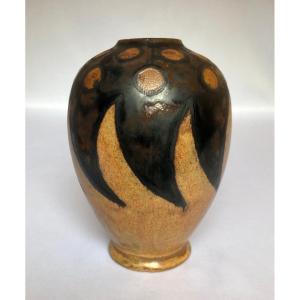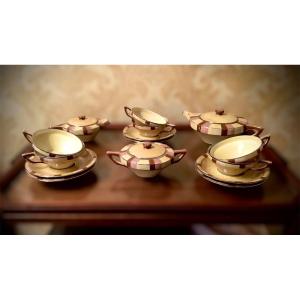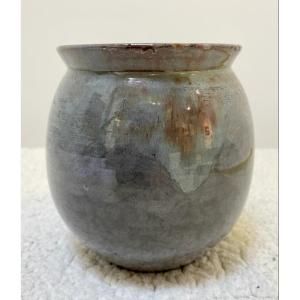René Quillivic (1879-1969). Sculptor, painter, ceramist and engraver, this man has more than one string to his bow. Quillivic was born in Plouhinec, near the bay of Audierne, in a family of fishermen. After the death of his brother at sea, he gave up fishing and became a ship's carpenter, which allowed him to learn carpentry and wood carving. The "tour de France" that he undertook with "les compagnons du devoir" took him to the construction site of the 1900 Universal Exhibition in Paris, where he enrolled in evening classes at the École des Arts Décoratifs. He then entered the studio of the sculptor Antonin Mercié at the École des beaux-arts in 1903. His first works exhibited at the Salon des Artistes Français in 1905 and then at the Salon des Indépendants in 1907 demonstrate his attachment to Brittany and his desire to deal with subjects inspired by everyday life. From 1919, he was entrusted with the creation of war memorials. In 1920, he became artistic director at the HB earthenware factory in Quimper, where he sought to renew the decorations by drawing on the vocabulary of embroidery. His style is marked by the desire to give a modern image of Brittany. In this sense, he sought to combine the precision of decorative motifs with the stylization of shapes, sometimes almost geometric.


































 Le Magazine de PROANTIC
Le Magazine de PROANTIC TRÉSORS Magazine
TRÉSORS Magazine Rivista Artiquariato
Rivista Artiquariato